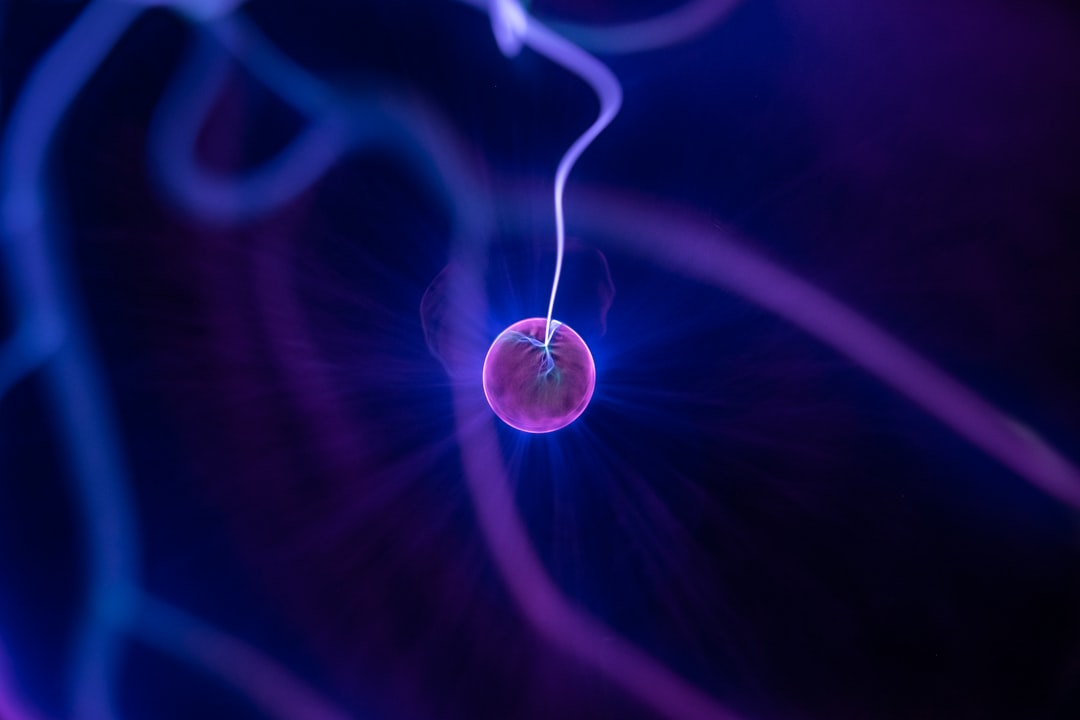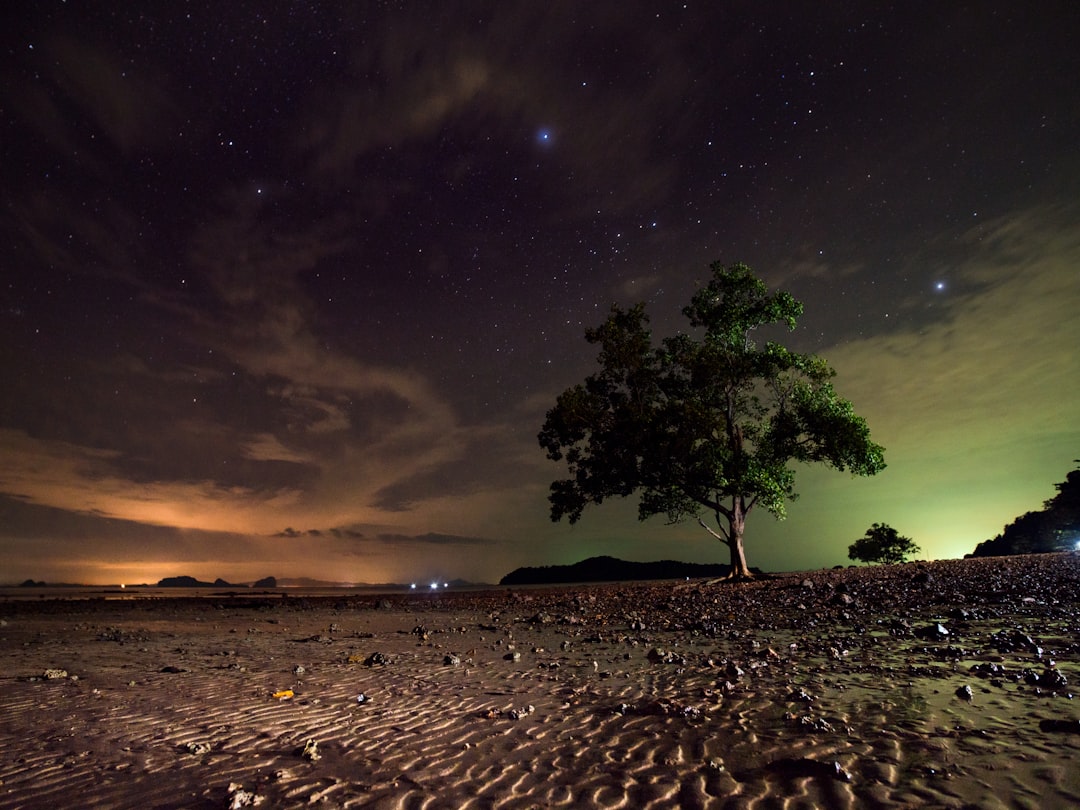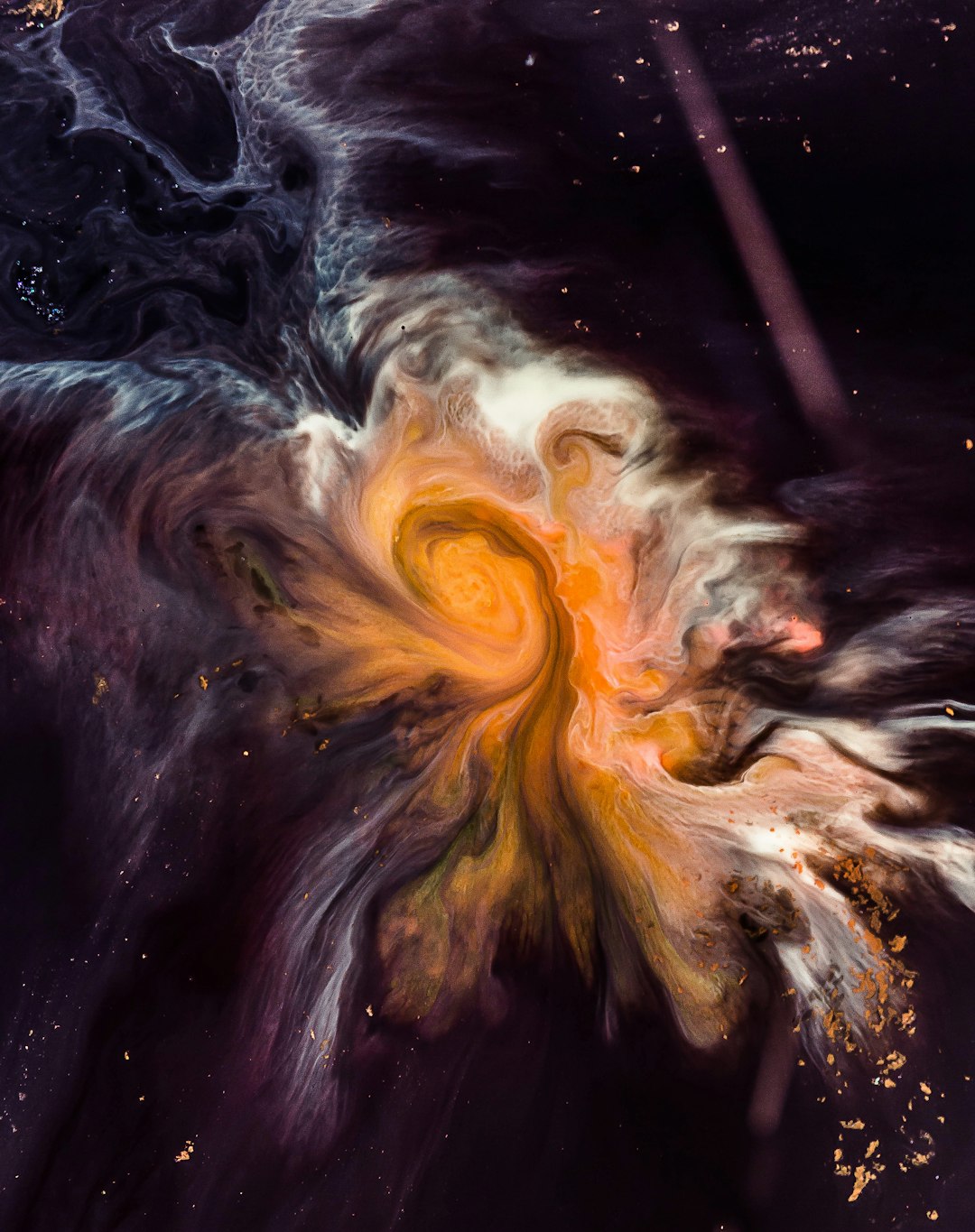If things are feeling out of your control right now – don’t panic. Remember, at the end of even the darkest day; this fact remains: we are all a bunch of swirling atoms, held together by unseen forces, spinning around on a rock in space.
What a beautifully reassuring thought. Let’s put our phones down, close those multiple tabs open in our mind, and focus on the strange and beautiful phenomena that make up life.
Dancing heat
We are all heat. Thermal energy is present in anything from the molten eye of an angry volcano to a glistening cube of ice. Within ourselves, and every object we can see and feel, millions of invisible particles are dancing. Ions, atoms, and molecules are rubbing against each other in a perpetual rush hour on the subway of life.
As they move, they create heat. Temperature changes as hot-headed atoms crash against more sedate, cold atoms.Just like in life, the hottest and loudest atoms grab the most attention. Thus heat is transferred from the busy hot atoms to the easy-going cold ones. The slow-moving cool particles are happy to let the hot ones move in.
The heat will jump from place to place, but after enough collisions, the temperature will stabilize.
We will all rub off on each other in some way. Just like our atoms, we become like those with whom we spend the most time.
There are more stars than grains of sand on earth
Stars are the fireflies of the galaxy. Look up at the night sky tonight and gaze at the stars. Choose one infinitesimal pinprick in the blanket of darkness and think: you are looking back in time. 100,000 years to be specific. That is how long it takes for the light to reach our human eyes on the tiny blue and green planet we call home.
Our neighborhood galaxy, the Milky Way, contains between 100 and 400 billion stars. Have you ever gone stargazing in nature, far away from the light pollution, noise, and distractions of the city?
To our awestruck gaze, the stars seem just above us. We could pluck the glowing moon out of the velvet blackness and roll it between our thumb and forefinger. The stars are scattered sparkles cast across the blanket of the night sky, clustered together and jostling for attention as they glimmer through the darkness.
Most stars are lonely solitaires, floating in the vast wilderness of space years apart. In our galaxy, stars are around 4 or 5 light-years apart. Those scintillating glimmers of light that you see? They are all 30 trillion miles apart.
Our closest star is a mere 70,000 years away – nod your head to Proxima Centauri.
Dancing atoms create light
Luminescence is produced when jostling particles move from high to low energy. As they dance from one state to another, they create photons. Light, be it from your desk lamp or the galaxy headlights of our sun, allow us to see shapes.
Light is not a static “on/off” button. It moves, bends, refracts, and scatters. Light is quick and slippery. The colors we see shining off a dazzling soap bubble are an example of interference as two light waves meet.
Head out at dusk and watch the sunset. As the chariot of fire gallops across the horizon, just stop for a moment and think: those last rays of the sun are already 8 minutes old.
The sunset already happened; we are just on a cosmic catch-up.
The children of a supernova
Neutron stars are born from a supernova – the explosive death of a massive star silently imploding in upon itself. The freefall of gravity creates something beautiful – a neutron star. The force of gravitational collapse presses the atoms into an unfathomable mass. The neutron stars born of supernovas burn 1000 times hotter than the core of the sun.
From a tiny neutron floating around in the infinite space of empty atoms – the star is turned upside down. The neutrons are packed together, and the star becomes a quadrillions times denser. The stars shrink in size while its mass explodes. From a star a mere 20 km long, you will have the density of one million Earths.
Can you remember the last flight you took? Think about the size of that big passenger jumbo jet; maybe it was a Boeing 747? Now crush that airplane up like a squashed Coke can and pack it tightly into a single grain of sand. That’s a neutron star.
Atoms play hard to get
The entire perceived universe, as we know it, is united by one word: atoms. These strange and beautiful particles are in perpetual motion. At once attracted to each other – yet equally repelled.
Every one of us 7.8 billion humans on Earth is made up of over 7 billion atoms locked in a never-ending stormy dance.
The atoms are twirling around in a hypnotizing tango within and outside your body. Positive nucleus – one step forward. Negative electron – one foot back. Sting may have got it wrong – for “every breath you take, every move you make,” your atoms will be driving you. Every day we understand more about the enchanting and exhilarating travelers packed with all the information about the universe.
The Wood Wide Web
There are more trees on Earth than stars in the galaxy.
Now, doesn’t that make you feel all warm inside?
We think of plants as being inanimate, lifeless beings. A pleasant splash of green to the corner of our living room. A peaceful canopy under which to read our books on a balmy afternoon. We merrily pluck flowers on long summer walks, little knowing we are tearing the heads off the members of a communicating ecosystem.
Thanks to a brilliant bunch of scientists who specialize in “plant neurobiology,” we now know that our leafy friends have memory and problem-solving facilities. We have only recently discovered the “wood wide web” through which plants and trees can communicate over long distances – underground. In the same way, we burrow our fiber optic cables for the broadband internet we hold to be such a lifeline, so plants send their roots down to communicate.
We see the towering, leafy evergreen oak swaying gently in the breeze, and think: that is the tree. Yet, deep in the Earth, the tendrils of roots travel underground intertwining with their neighbors in a vast network. They communicate with each other through slow-moving electrical impulses – whispering in the Earth.
They are not human. We do not need to tuck up our spider plant in bed at night and read it a story.
We should remember, however, that these silent and crucial machines of precious oxygen, the lungs of the Earth, are part of a vast and fragile ecosystem of flora, fauna, and light photosynthesis. We, too, are part of this ecosystem.









